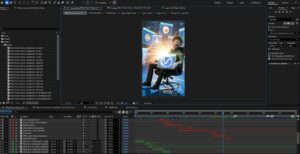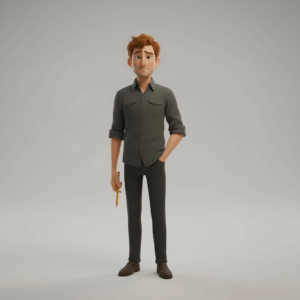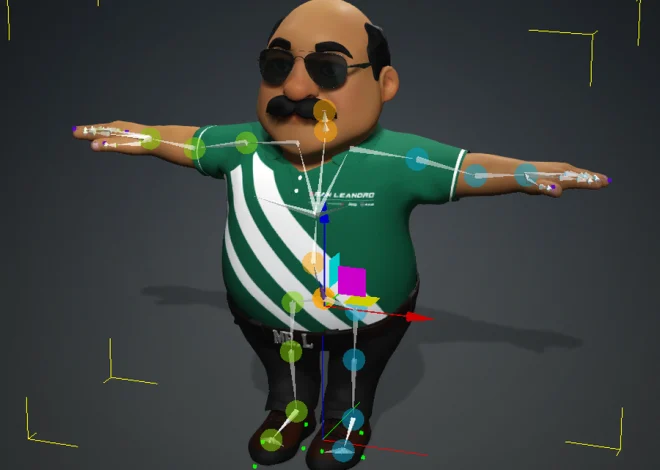
Directing with AI: Redefining the Creative Process
This article was written by Nicholas Kaighen
At Trinity Animation, we’re always exploring new technologies that expand what’s possible in 3D visualization and animation. In this blog, our animator Nicholas Kaighen shares his firsthand experience creating our latest AI-assisted video ad, a project that pushed the boundaries of traditional production workflows.
Written from Kaighen’s perspective, this post dives into his creative process, the challenges of working with emerging AI filmmaking tools, and how artificial intelligence is reshaping the way artists approach storytelling and direction.
Watch the Final Video
This ad was created for VRAY.US, a leading reseller of 3D software programs. Check out their AI tools and 3D software such as V-Ray, Enscape, SketchUp, Rhino, Autodesk, and more.
Stepping into the Director’s Chair: Kaighen’s Perspective
When I began developing our latest AI-assisted video ad, I found myself stepping into a new creative role. One that felt far more like a director controlling a production rather than a single artist laboring over individual frames.
Instead of spending hours perfecting one visual effect, I was guiding multiple AI tools simultaneously — weaving them together to reach a unified vision. This shift allowed me to focus less on technical execution and more on storytelling, pacing, and emotional impact.

The speed at which I could build and dismantle shots was unlike anything I’ve experienced before. I could rapidly test high-concept ideas, iterate on the fly, and improvise creative solutions the moment I spotted an issue. In many ways, I was making the ad in the edit.
When the first assembly didn’t flow the way I had imagined, AI became my creative partner — generating new shots and transitions almost instantly. This flexibility let me refine the pacing, strengthen the emotional storytelling, and ultimately discover a version of the ad that was stronger than what I had originally envisioned.
The Challenges of AI Filmmaking
The process wasn’t without its hurdles. AI-generated clips tend to be no longer than 5 seconds, which meant I had to maintain a fast editing rhythm to keep the energy up and avoid calling attention to their brief duration.
Control is also limited compared to traditional animation tools. I had to learn when to let go — when it was better to pivot away from a stubborn problem and instead redirect my focus toward the larger creative picture.
Maintaining character consistency was another major challenge. Ensuring that the main character not only looked but also acted the same throughout required detailed reference sheets and careful iteration.


At times, AI tools simply failed to execute simple requests. These moments forced tough choices: spend hours fixing a shot manually in After Effects or change the concept entirely. In many cases, abandoning an idea and improvising a new one led to even more creative outcomes.
Perhaps the most disorienting part of working with AI is its rapid evolution. It can feel disenfranchising to invest deeply in learning a platform, only for it to be replaced by something new just weeks later. During production, several major updates were released that either changed my workflow entirely or rendered certain tools obsolete overnight.
This volatility is both exciting and exhausting. It’s a reminder that we’re at the very beginning of what AI can do for filmmakers and animators.
The Future of the AI Filmmaking Process
As someone who has been making short films since childhood, this project was a liberating experience. I became an animator to bring stories to life, but traditional production pipelines often require hundreds of hours and large teams just to produce a single commercial.
It took 9 days from idea to final delivery to make this ad. In the traditional 3D animation pipeline, I would have used up all 9 days just to build and animate the man alone, before ever thinking about all the other tasks to make the ad.
With AI, I can now sit comfortably in the director’s chair, shaping a vision without the usual compromises, and without the immense toll of traditional production. It’s not about replacing artistry; it’s about reclaiming creative freedom and expanding what a single creator can achieve.
See what Trinity Animation can do for you. Click below to get a project started with us!



